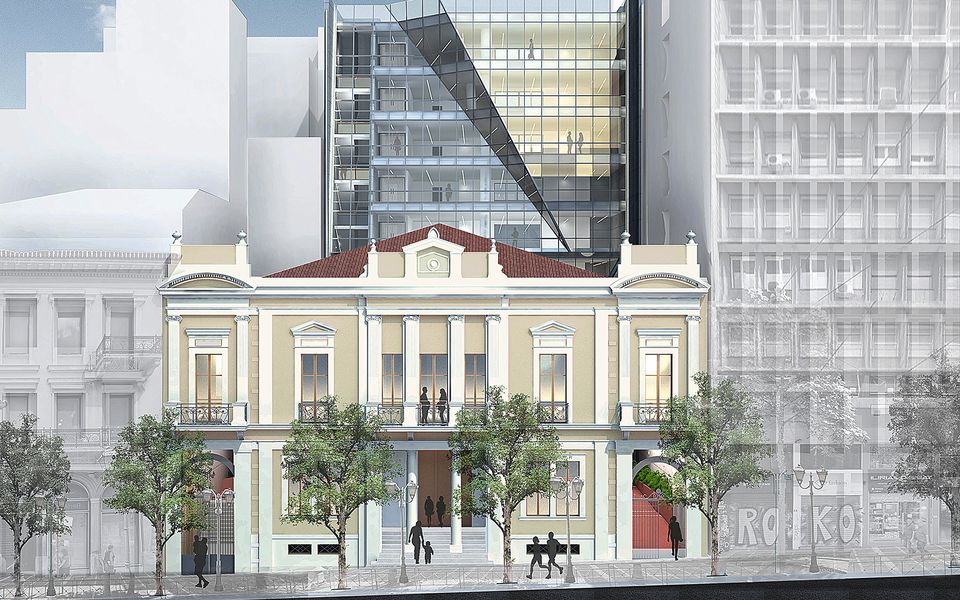The Megaro Athinogenous, left to decay for more than a half a century; the neighboring Stoa Arsakeio; the Koupa, Serpieri and Schliemann-Melas mansions on Panepistimiou Street; the Megaro Prokesch von Osten on Feidiou Street, better known as the until recently derelict shell of the Greek Conservatory of Music; the Almyranti Mansion on the corner of Kolokotroni and Voulis streets and the Benakeios Library, closed since 2002; the once-vibrant Diplareios School on Theatrou Square, the Athénée Palace, a paradigm of luxury in its day, like the Soutsos Residence further down Stadiou Street.
The list of famous and lesser-known Athenian townhouses and mansions from the 19th and early 20th century that are being given a new lease of life goes on and on. It includes the current seat of the Council of State, the country’s highest administrative court, and the old Stock Exchange on the corner of Pesmazoglou and Sofokleous streets.
In the heart of Athens’ old commercial district, stretching from Syntagma to Omonia squares, you will see buildings covered in scaffolding and buzzing with construction activity, which herald the partial rebirth of a part of the city that decomposed during the crisis into a black hole (and largely remains that way), stripped – to shocking degree for a European capital – of its social and commercial identity.
Tourism, high-end architecture that cannot find much room for expression in other parts of the broader metropolitan area, and the decision two years ago by two major bank groups (Piraeus and Eurobank) to put off their move to Elliniko on Athens’ southern coast and to remain in the city center, have helped bankroll this explosion in construction, which is centered on the rejuvenation of a top-class buildings.
There are two parameters of this much-welcomed activity that cannot be overlooked, however. The first is the overwhelming contribution of the private sector compared to what public agencies and organizations are doing to save or revive the city’s historic buildings – with the exception of the Culture Ministry, which is responsible for the restoration of the Greek Conservatory of Music and the Alexandros Soutsos Residence; the latter is being turned into a theater museum. The other is the disappointing absence of serious incentives that would encourage other investors to take an interest in becoming part of an organized plan for downtown Athens’ revival. So long as these fundamental factors are absent, the impression of haphazard initiatives will persist, precisely because there is no coordination from the state or a plan.
For the time being, Athens’ tourism heyday continues to be in full swing, with new hotels representing a significant portion of this construction frenzy. These include the Schliemann-Melas Mansion, which is slated to become the flagship of the Mitsis Hotel group; the Almyranti Mansion, better known to older Athenians as the home of the Ermitage glassware store; the historic headquarters of the Estia newspaper on Anthimou Gazi Street, which is becoming a four-star hotel; the old Ambassadeur on Sokratous; three buildings that have been acquired by the Radisson chain for two big new units; and one of Athens’ first Ottoman-era inns, the derelict Byron Hotel on Aeolou Street, overlooking Agias Irinis Square.
1. Megaro Athinogenous
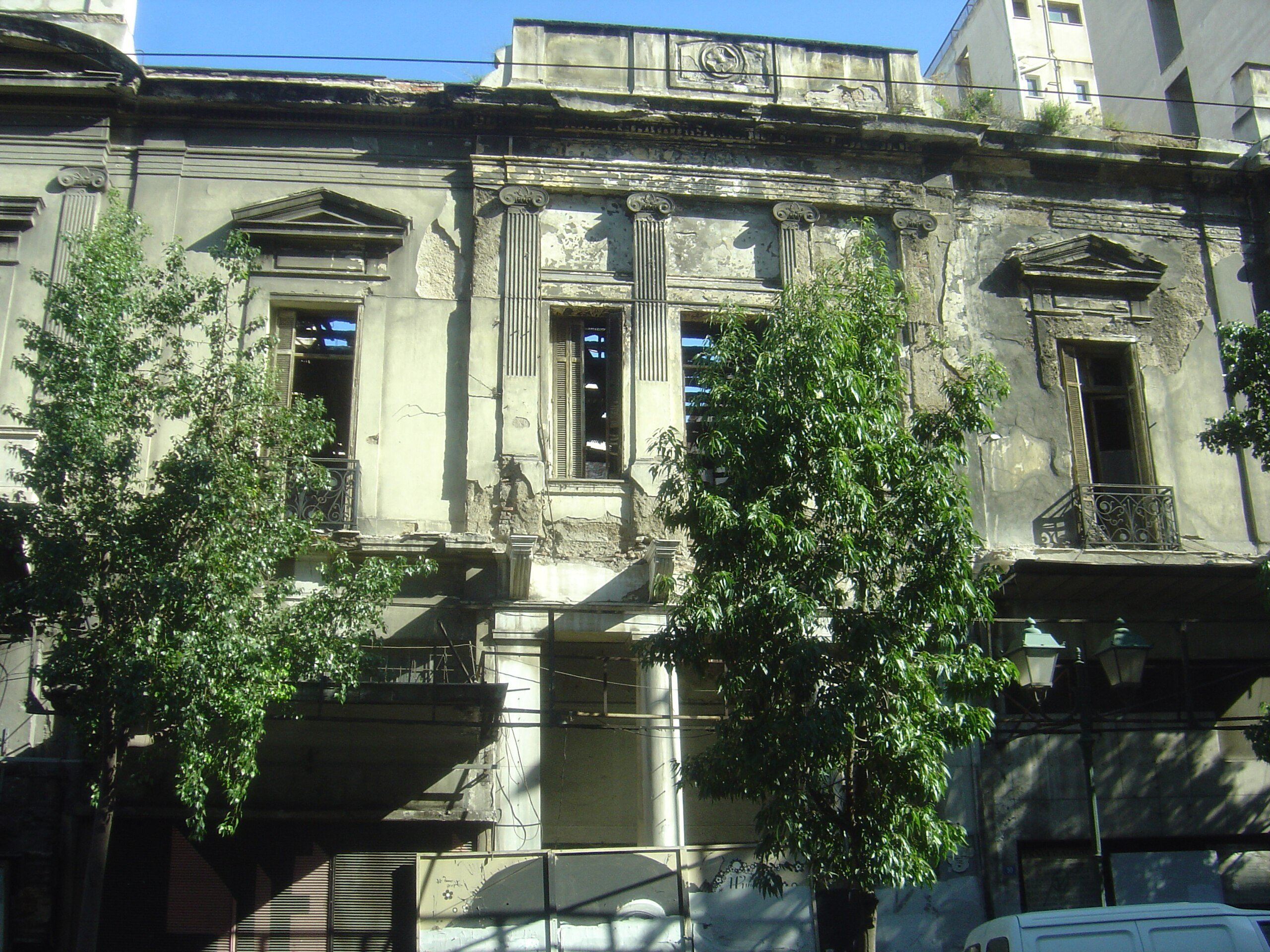 One of Athens’ most famous crumbling edifices, but also one of the most elegant and historical buildings on Stadiou Street, the Athinogenous Mansion (1875-1880) is being restored but will maintain its independence, as the plan for office spaces involves a new eight-story building at the back of the same plot.
One of Athens’ most famous crumbling edifices, but also one of the most elegant and historical buildings on Stadiou Street, the Athinogenous Mansion (1875-1880) is being restored but will maintain its independence, as the plan for office spaces involves a new eight-story building at the back of the same plot.
The project is designed by the Athens Creative architectural firm. No one knows with certainty who originally designed the Athinogenous Mansion, but it is a fine example of eclecticism, similar to two buildings that once stood on Syntagma Square but have since been demolished (the Vouros and Skouloudis mansions).
2. Former Athénée Palace

 When it was inaugurated in 1953, the Athénée Palace Hotel was the last shout in luxury accommodation and exemplified the post-World War II tourism boom. Designed by Emmanouil Vourekas, it was built on the foundations of a former neoclassical townhouse. Constructed in 1907, the Megaro Afentoulis was the first building in Greece to be made of reinforced concrete. It served as a hotel before the Athénée, housing the Splendide and, before that, the Ilion Palace.
When it was inaugurated in 1953, the Athénée Palace Hotel was the last shout in luxury accommodation and exemplified the post-World War II tourism boom. Designed by Emmanouil Vourekas, it was built on the foundations of a former neoclassical townhouse. Constructed in 1907, the Megaro Afentoulis was the first building in Greece to be made of reinforced concrete. It served as a hotel before the Athénée, housing the Splendide and, before that, the Ilion Palace.
A large building, it is being redesigned as the administrative headquarters of Eurobank and is expected to be finished by 2028.
3. Radisson
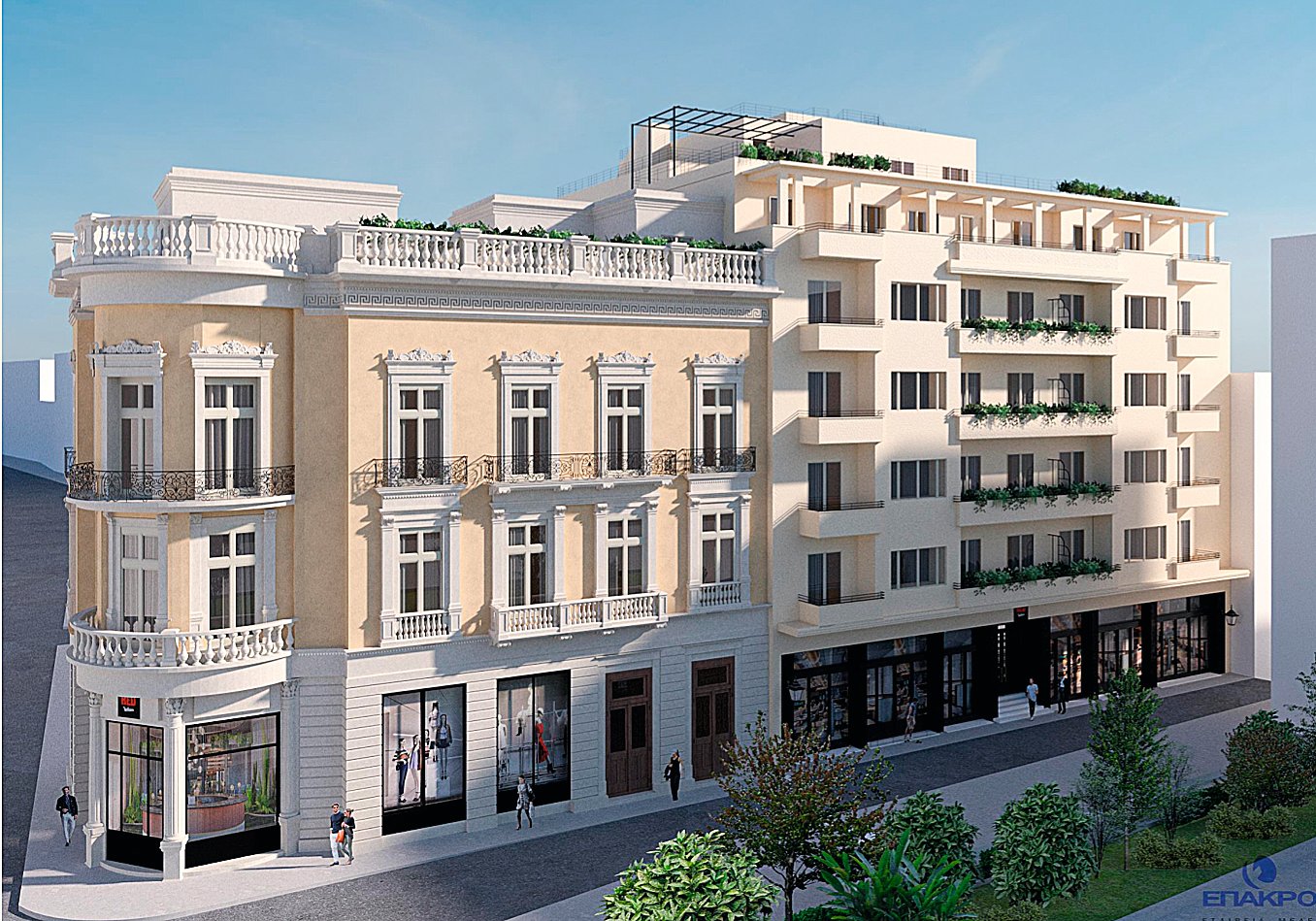
 Two beautiful listed buildings representing one of the more elegant chapters of Athens’ modern past, are being restored and joined internally to create the Radisson RED Mitropoleos Square Athens. Looking out at the Athens Metropolitan Cathedral, the hotel is expected to open in May 2026. The design pays homage to the building’s historical identity via the two facades, highlighting the characteristic curve on the corner building of the Athenian Belle Epoque, which has been derelict for decades, and bringing out striking details of the neighboring interwar modernist mansion on Ypatias Street, which was once home to the Astir insurance company, designed by architect Xenophon Angelidis (1936).
Two beautiful listed buildings representing one of the more elegant chapters of Athens’ modern past, are being restored and joined internally to create the Radisson RED Mitropoleos Square Athens. Looking out at the Athens Metropolitan Cathedral, the hotel is expected to open in May 2026. The design pays homage to the building’s historical identity via the two facades, highlighting the characteristic curve on the corner building of the Athenian Belle Epoque, which has been derelict for decades, and bringing out striking details of the neighboring interwar modernist mansion on Ypatias Street, which was once home to the Astir insurance company, designed by architect Xenophon Angelidis (1936).
4. Stoa Arsakeio
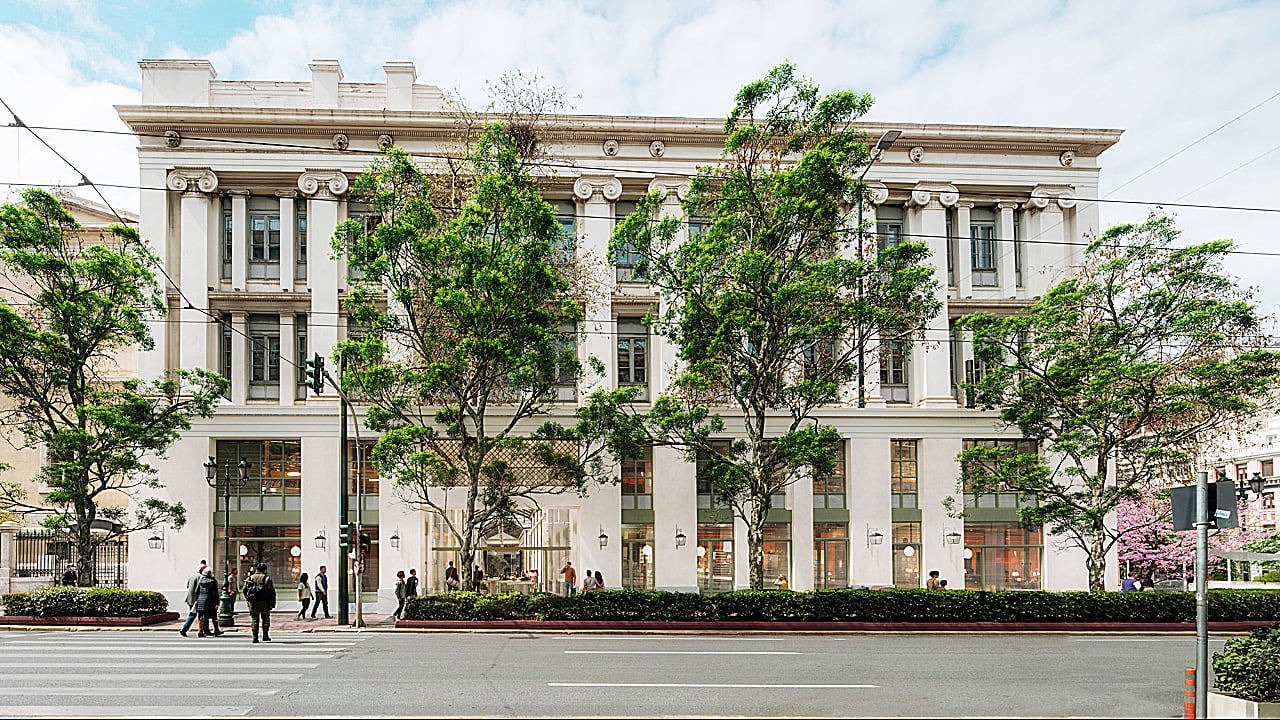
The radical overhaul of the Stoa Arsakeio, a stunning edifice with internal walkways that connect Stadiou to Panepistimiou streets, is one of the most ambitious projects that is currently under way. The project seeks to transform the building into a food destination that brings together producers, consumers and commerce.
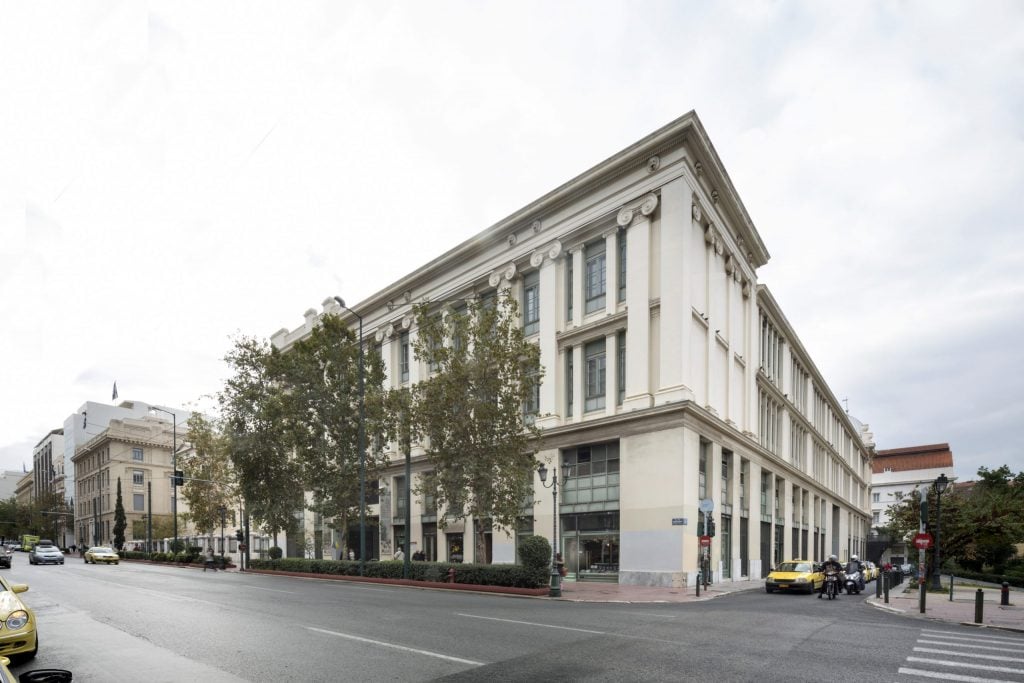 The investment by Legendary Food in the historic mansion, which is owned by the Society for the Promotion of Education and Learning (Arsakeio-Tositsa Schools), aspires to restore the equilibrium between commercial and social activity on Stadiou Street. The plan for shops along the Stadiou Street side of the building and cooperation with the Technis Theater, that will continue to be housed in the arcade, are expected to bring an important improvement to a part of the city center that was badly hit by business closures during the economic crisis.
The investment by Legendary Food in the historic mansion, which is owned by the Society for the Promotion of Education and Learning (Arsakeio-Tositsa Schools), aspires to restore the equilibrium between commercial and social activity on Stadiou Street. The plan for shops along the Stadiou Street side of the building and cooperation with the Technis Theater, that will continue to be housed in the arcade, are expected to bring an important improvement to a part of the city center that was badly hit by business closures during the economic crisis.
5. Papaleonardos Apartment Building
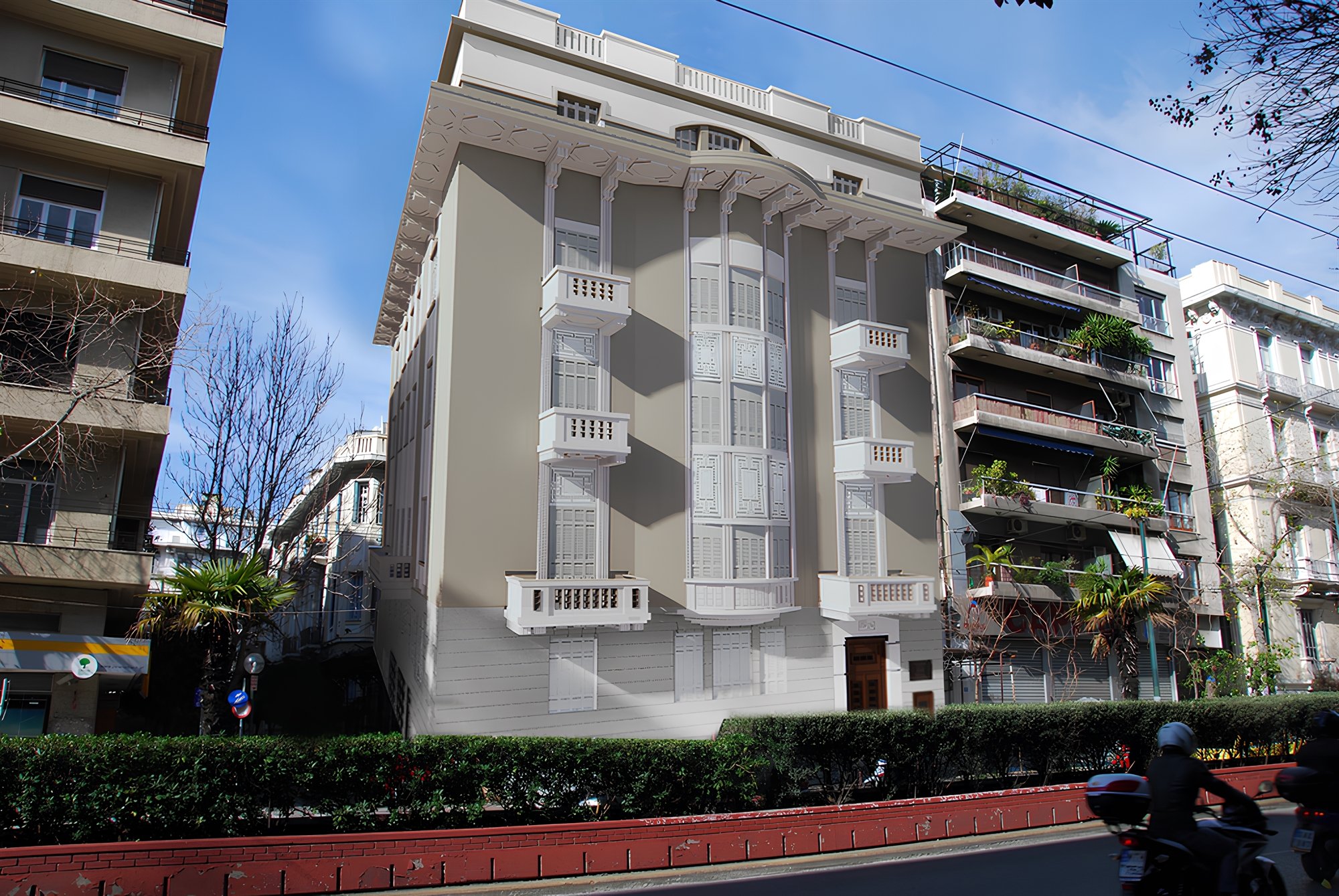
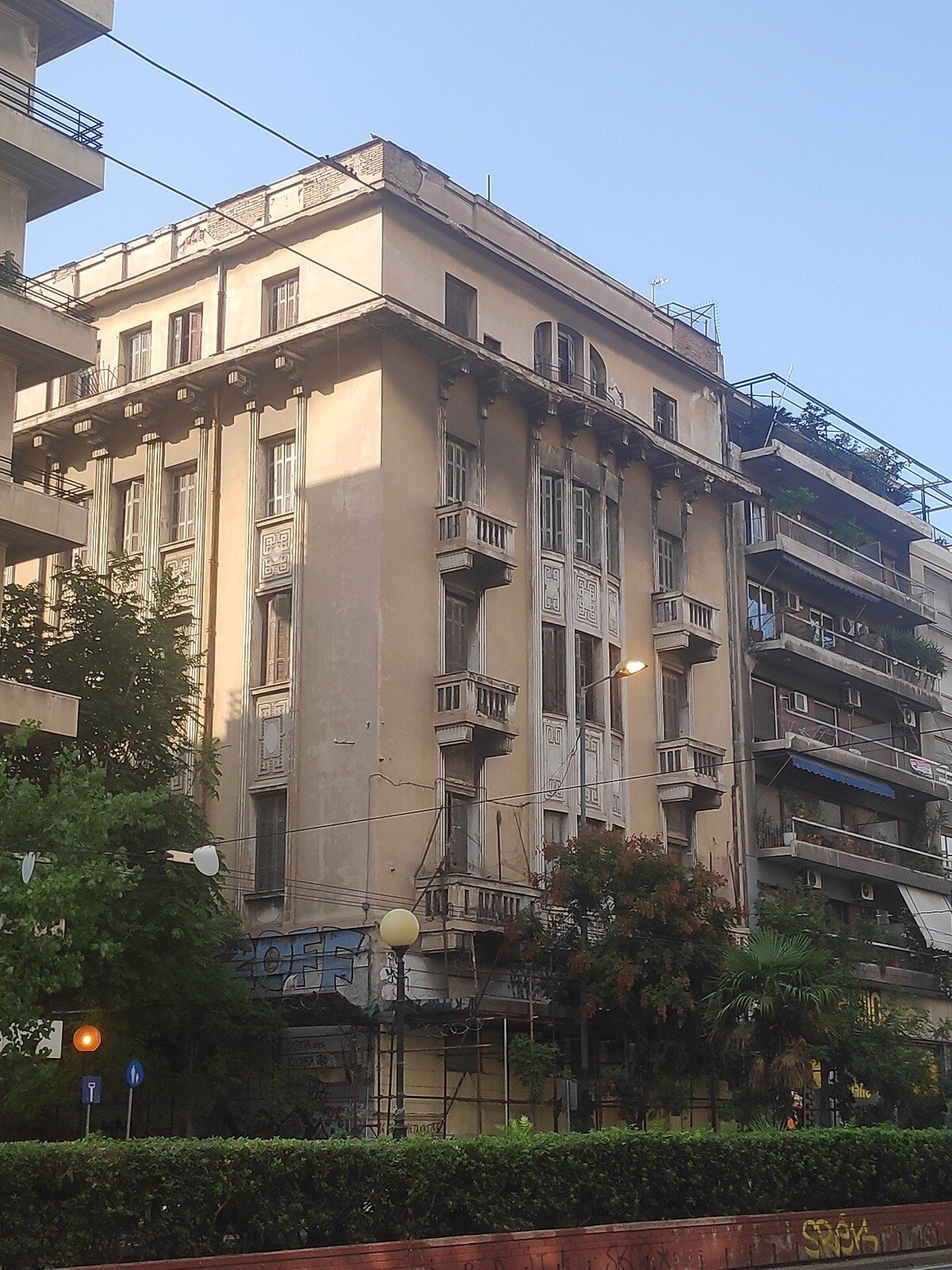
The historic building in which the leading Greek soprano, Maria Callas, lived for eight years in her youth (1937-1945), the Papaleonardos Apartment Building, is emerging from its perennial shadow to house the Maria Callas Academy of Opera by the end of 2026, a lifelong dream of the soprano Vaso Papantoniou.
An interwar work (1925) by architect Konstantinos Kitsikis, it morphologically expresses a transitional era that promotes a connection between older and newer forms. The new era of the building is signed by the architectural firm NPL Architects.
6. Athens Capital Suites
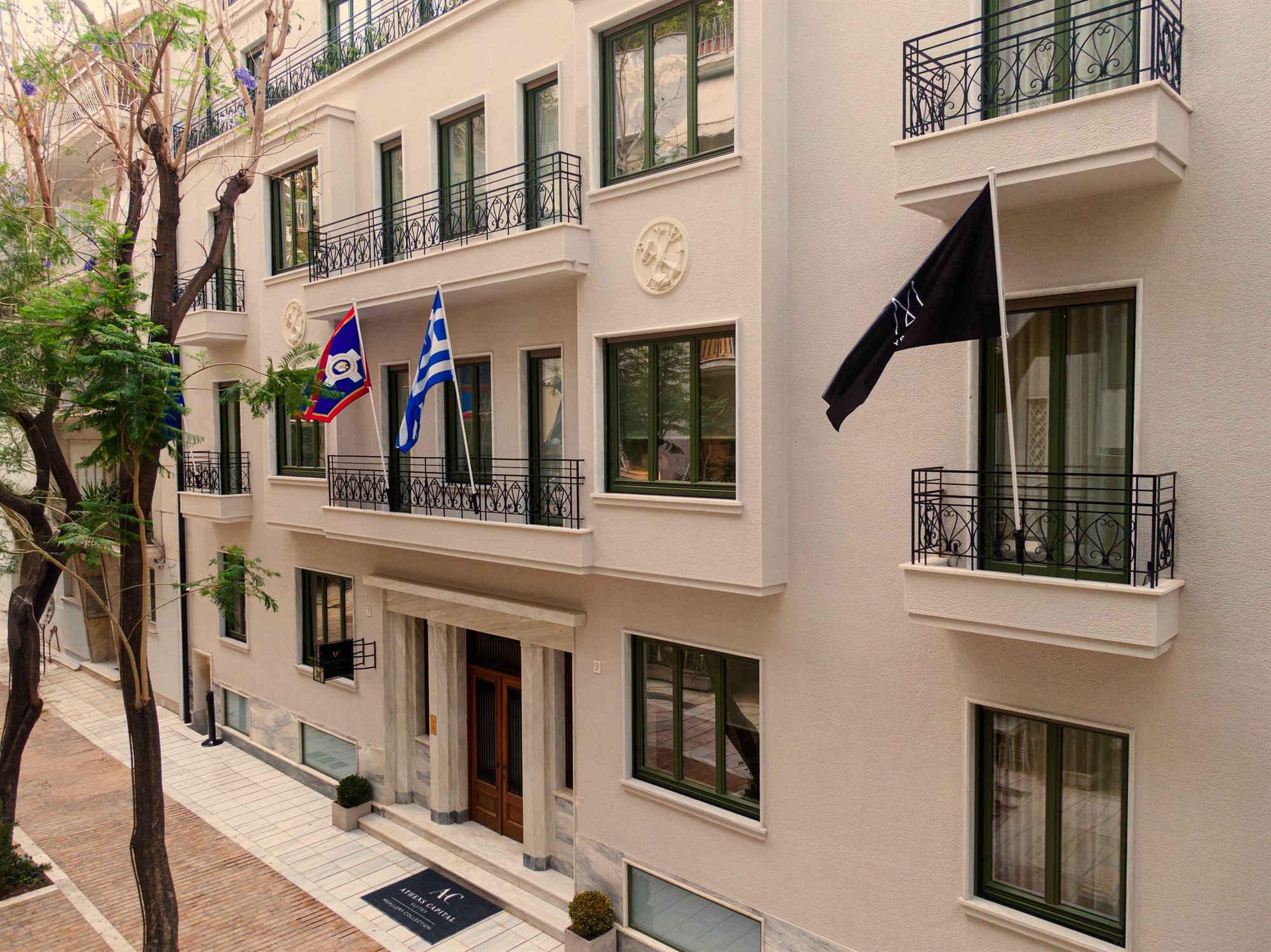
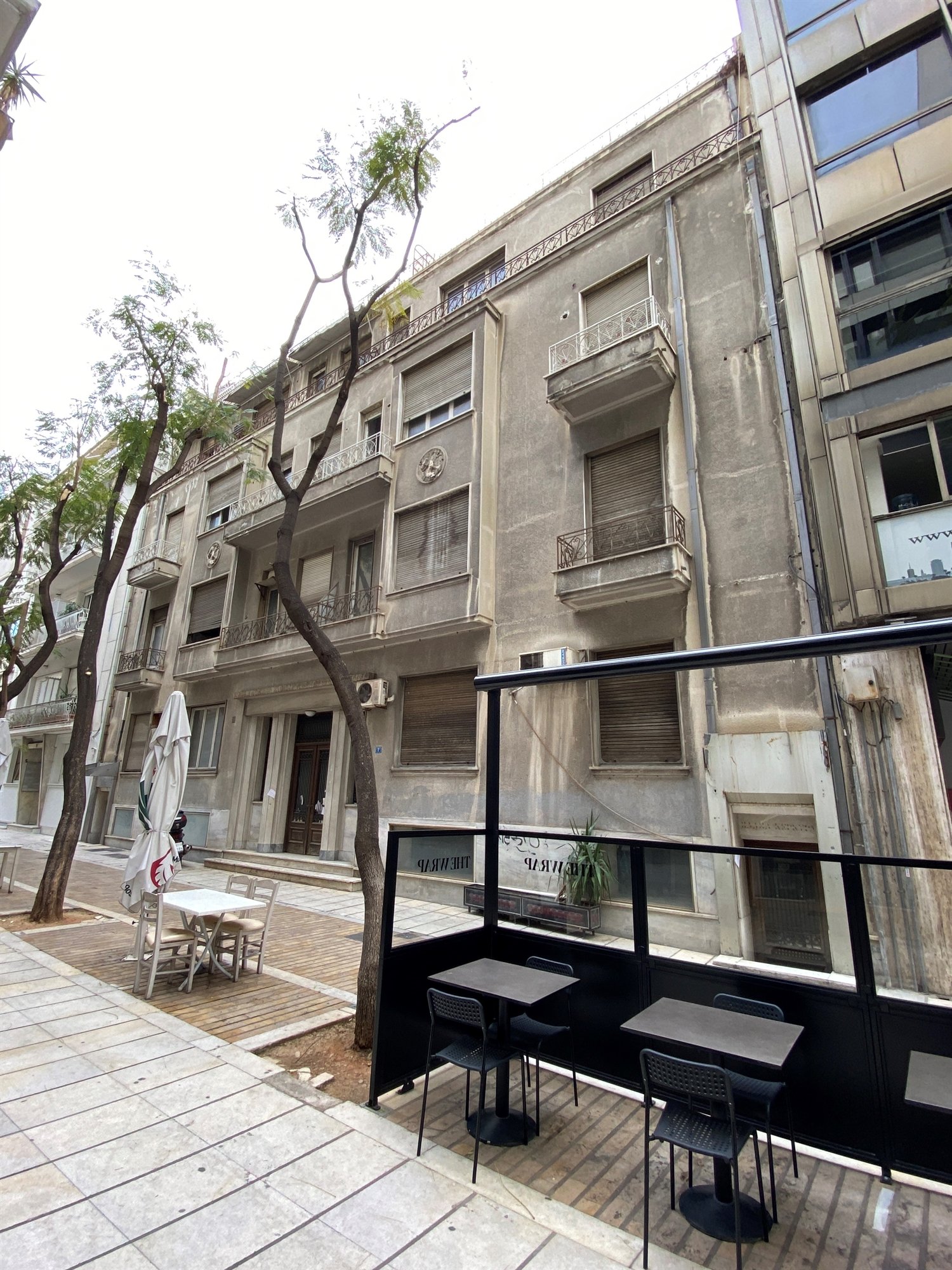
Regarded as one of Athens’ most noteworthy pre-war edifices, the building at 7-9 Zalokosta Street has already been transformed into a complex of 19 luxurious furnished suites owned by the adjacent five-star Athens Capital Hotel – MGallery Collection. The investors (the Lampsa Group) wanted an air of inter-war elegance in both the restoration of the building and the design of the suites.
This atmosphere has been captured by architect Adrianos Lazarimos, particularly through some very interesting decorative details. The building was used as a hideout during the German occupation of Athens, but also as a detention center where the Nazis carried out interrogations and torture.
7. Fresh Hotel
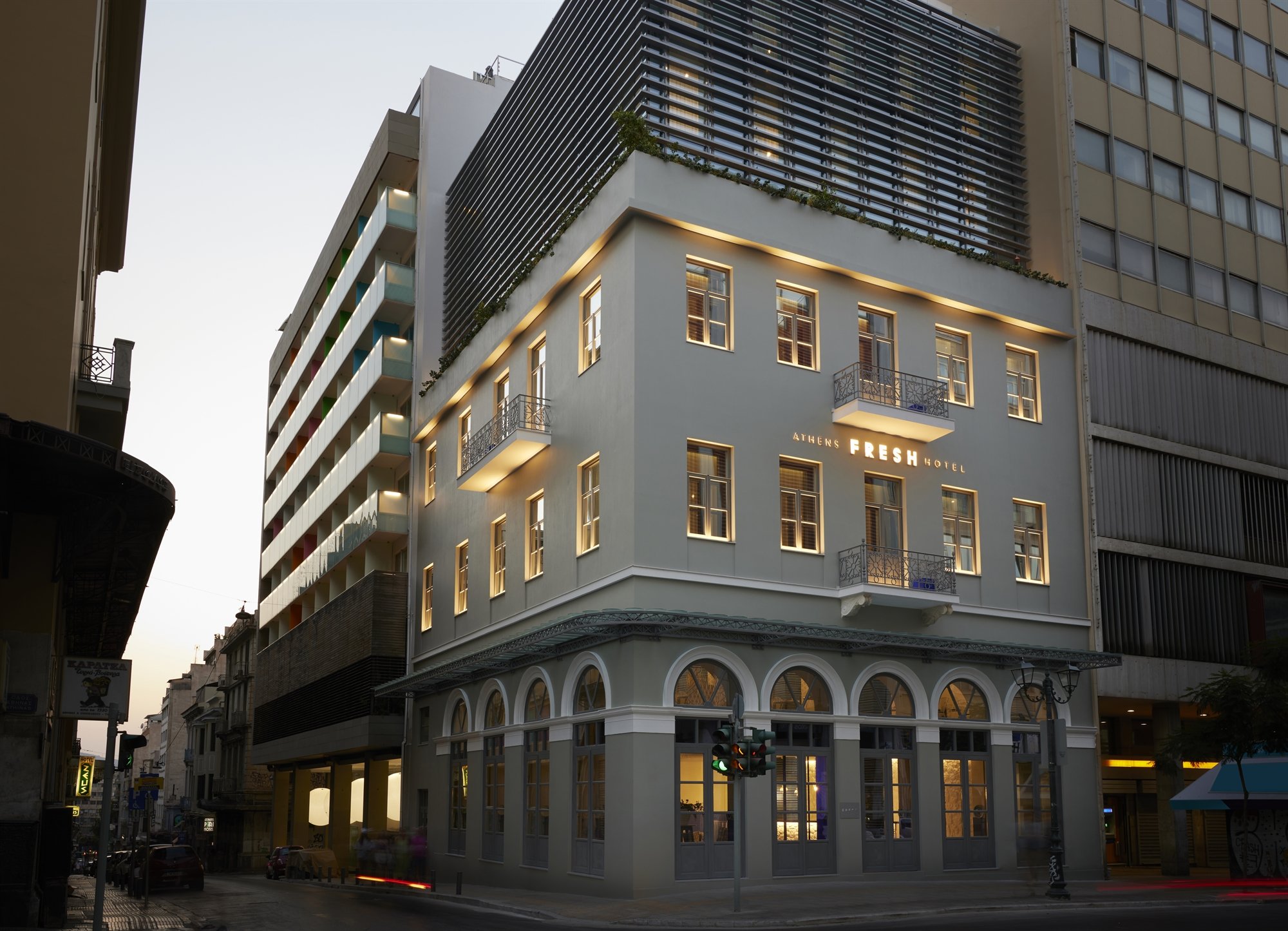
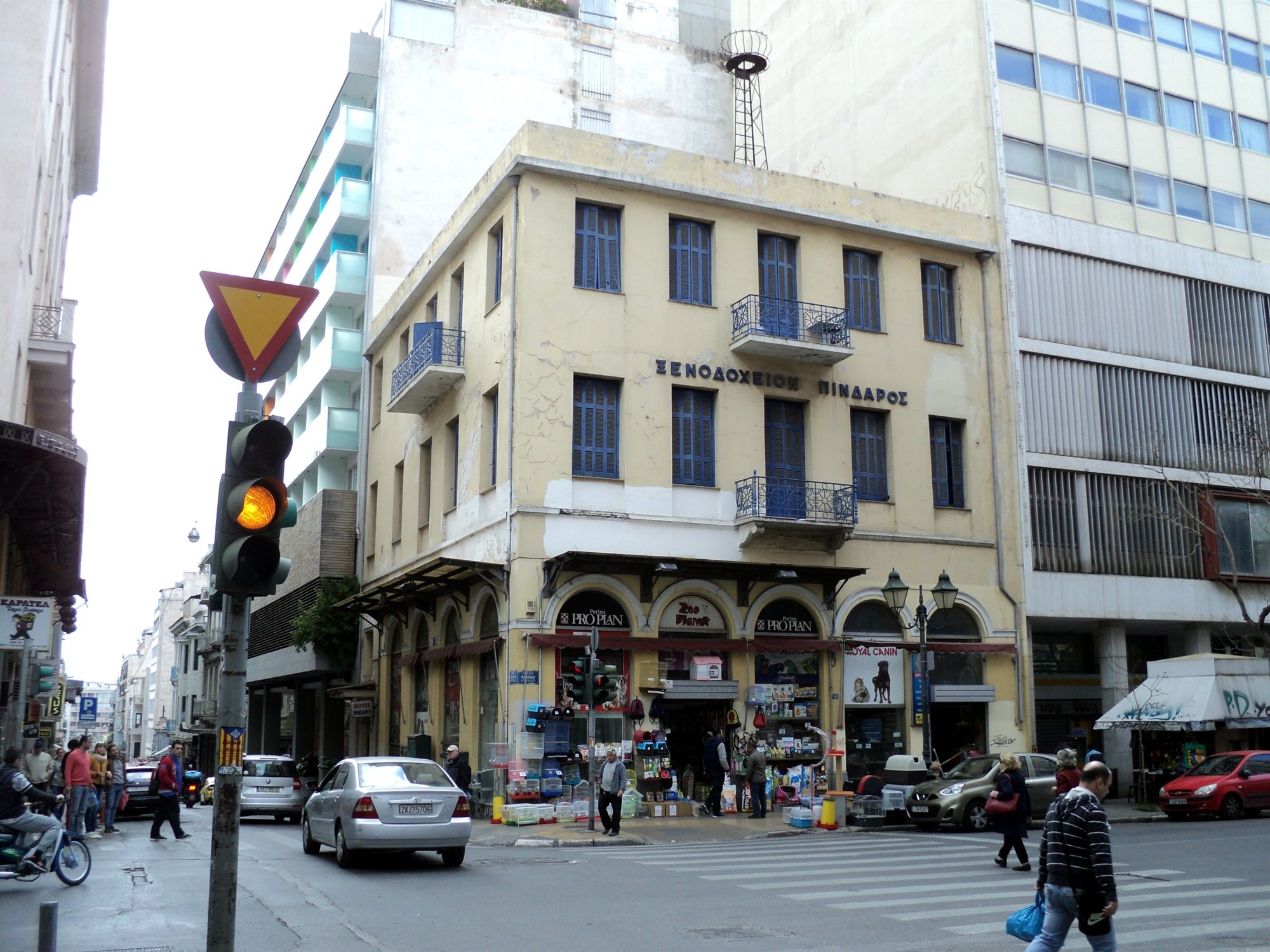
The three-story neoclassical building at 59 Athinas Street that was joined to the original wing of the Fresh Hotel on Sofokelous, began operating as a hotel in 1900, under the name Tripoli, and later, in 1938 as the Pindaros. It was listed for preservation as a modern architectural monument in 1988 but lay vacant for many years, following the lengthy decline of the broader vicinity. The building’s restoration included the addition of two more stories; modern and made of glass, they form an aesthetic and functional bridge to the original Fresh, which opened in 2004.
8. Hotel in Koukaki
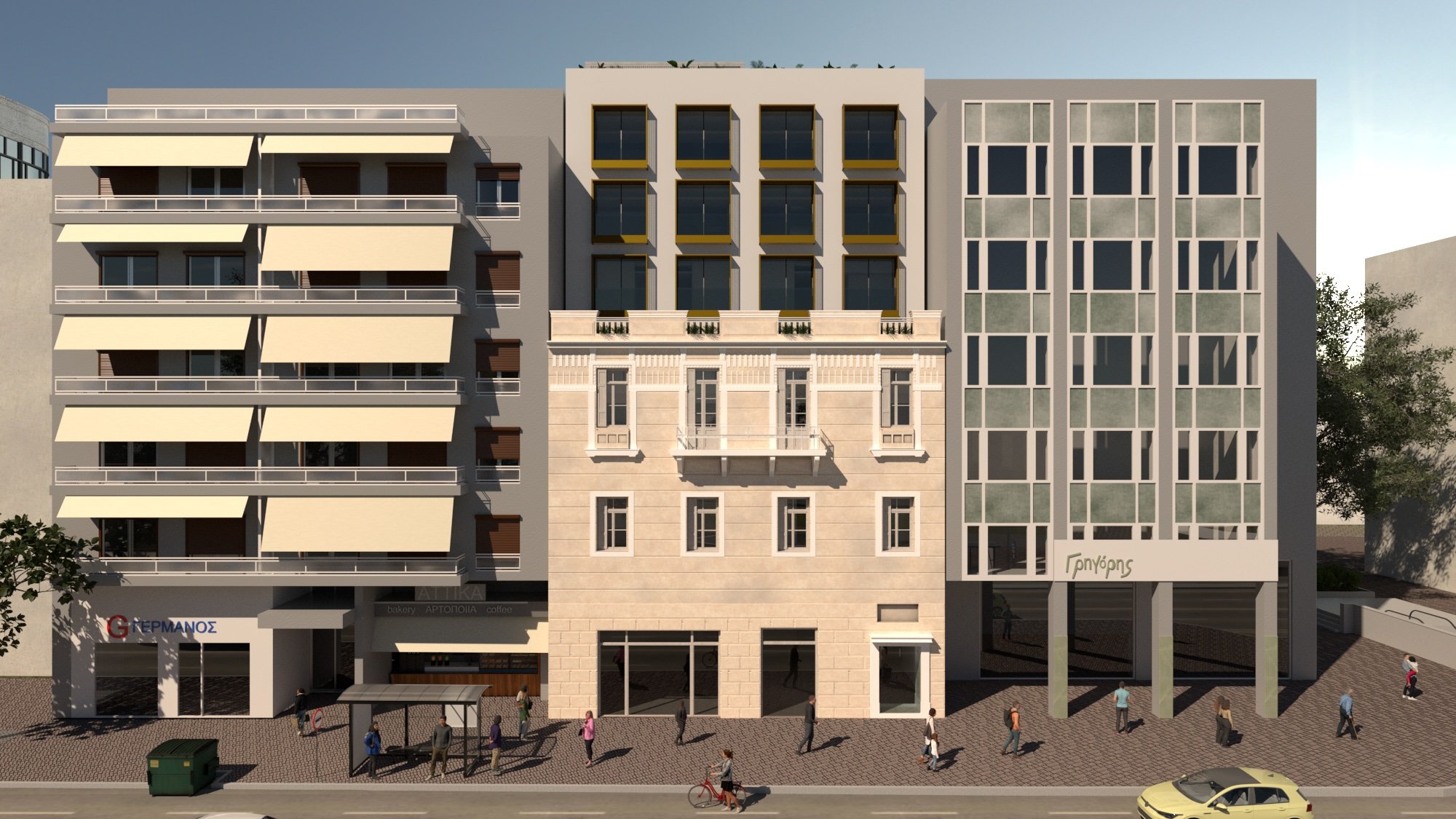
One of the most decrepit buildings on Syngrou Avenue, this two-story interwar edifice from 1928-1932 started life as a small pasta factory, built of stone, just 10 meters high, and with a wooden roof. After the war, it housed a car dealership that sold the Italian auto brand Autobianchi.
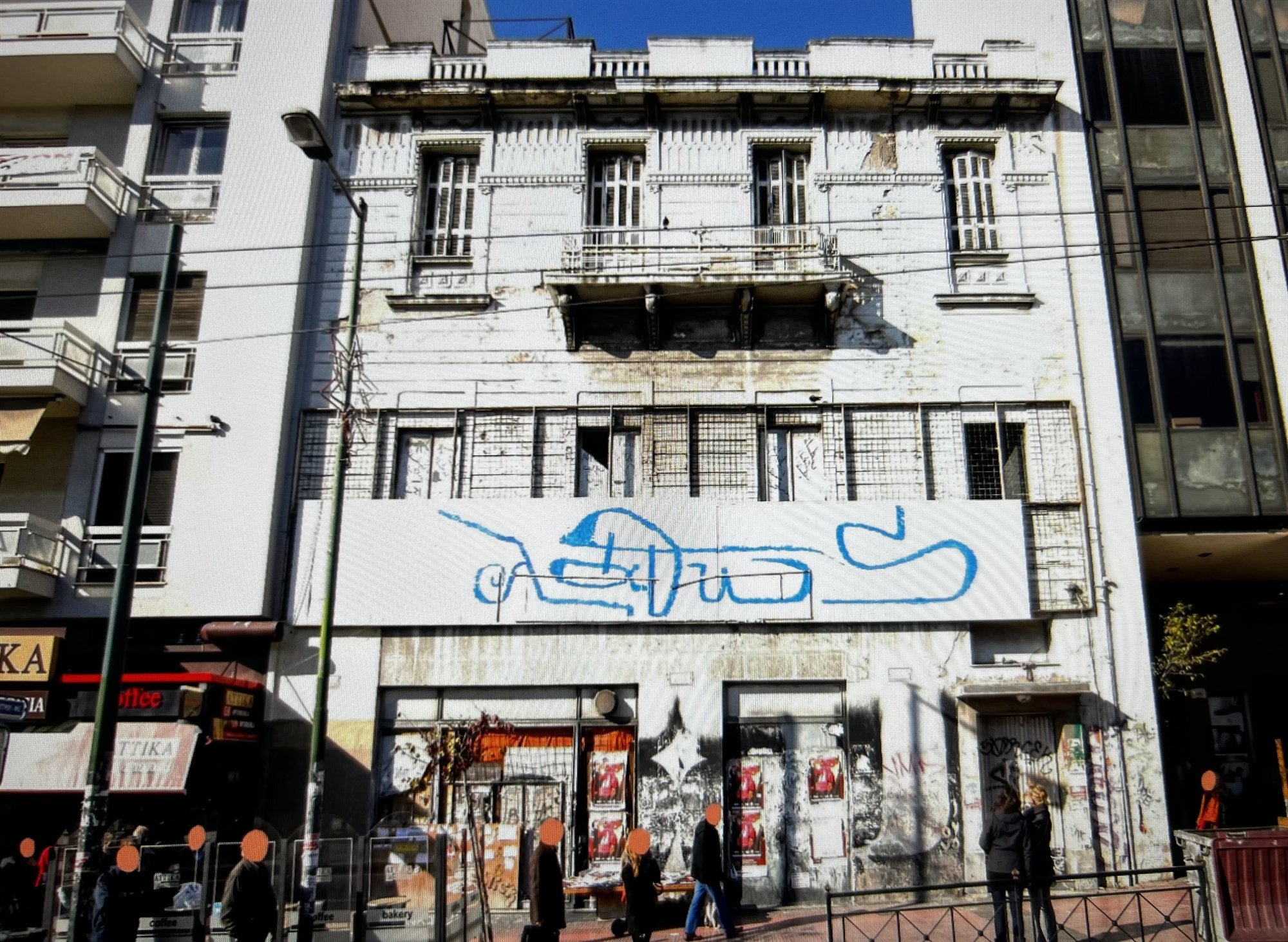 The classical style of its facade earned the building listed status from the Ministry of Culture and it will be preserved by Blend Development, which is planning to build a seven-story, 4-star hotel with the addition of a new building at the back of the plot, which opens out onto Falirou Street.
The classical style of its facade earned the building listed status from the Ministry of Culture and it will be preserved by Blend Development, which is planning to build a seven-story, 4-star hotel with the addition of a new building at the back of the plot, which opens out onto Falirou Street.

